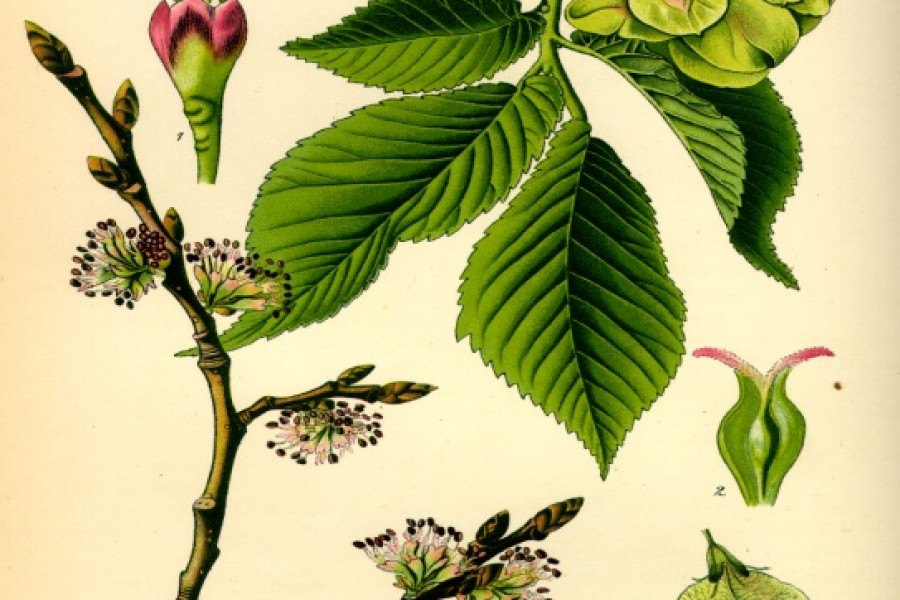There are 10 species of this medicinal plant in the world, 1 species is found in the CIS countries and Turkmenistan. The plant has longitudinal veins, underground and aboveground branches. A branch growing vertically above the hornbeam elm stem looks like an antenna. Hornbeam elm blooms from May to the end of October. The plant is irrigated and reproduces very fertilely in agricultural fields. Hornbeam elm propagates by seeds and roots. The plant is found almost everywhere in our area. It has enough reserves for medicinal purposes, its roots and stems serve as raw materials. The roots of hornbeam elm contain a large amount of carbohydrates, saponins, moisture, sugar, starch and triticin polysaccharide. An infusion of hornbeam elm roots is also used for diseases of the chest and urinary organs and as a general tonic. In folk medicine, it is recommended to use it for kidney diseases, as a diuretic. Pour a tablespoon of hornbeam elm root with a glass of water and boil for 15-20 minutes in an enamel bowl. After cooling, strain and drink in small portions 2-3 times a day at any time.




